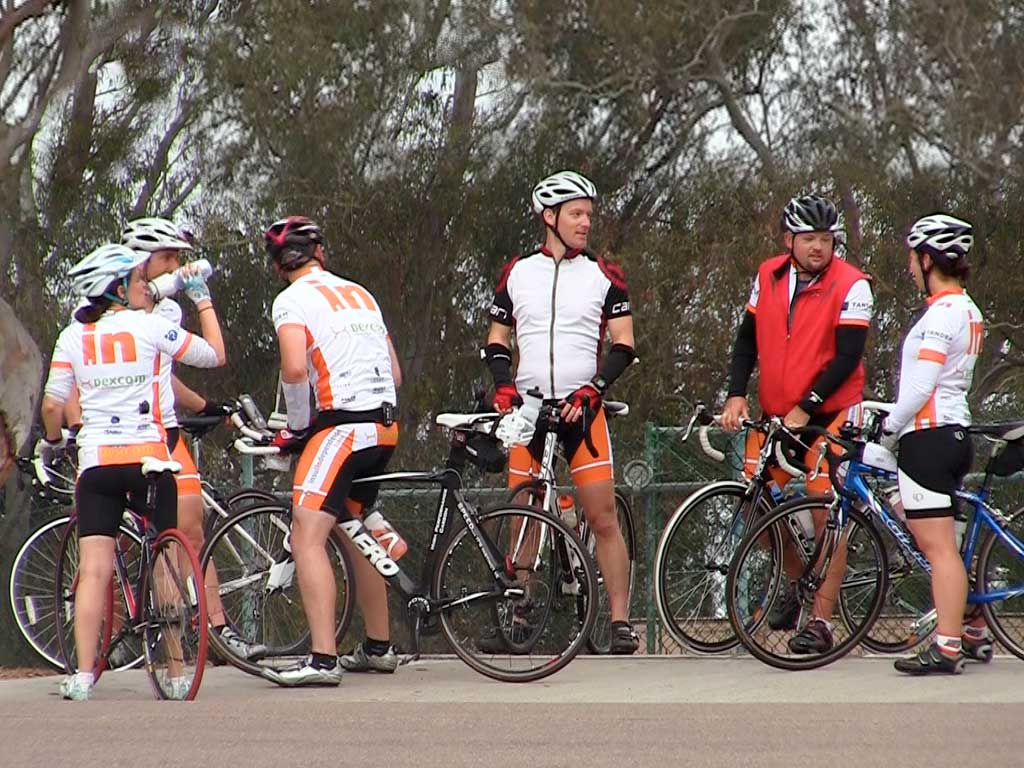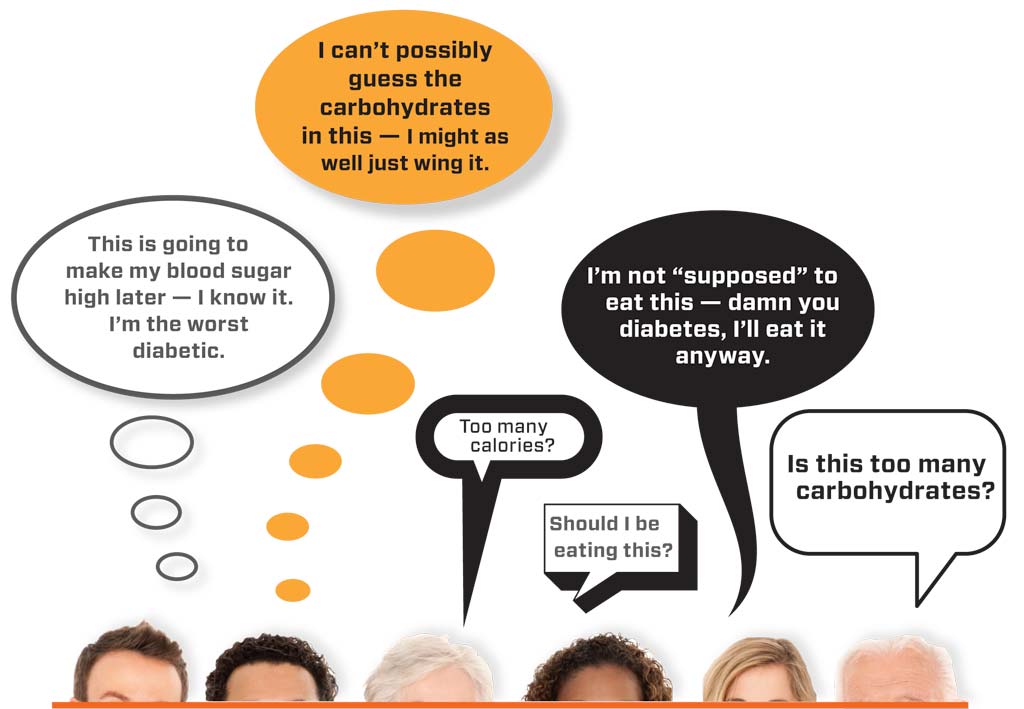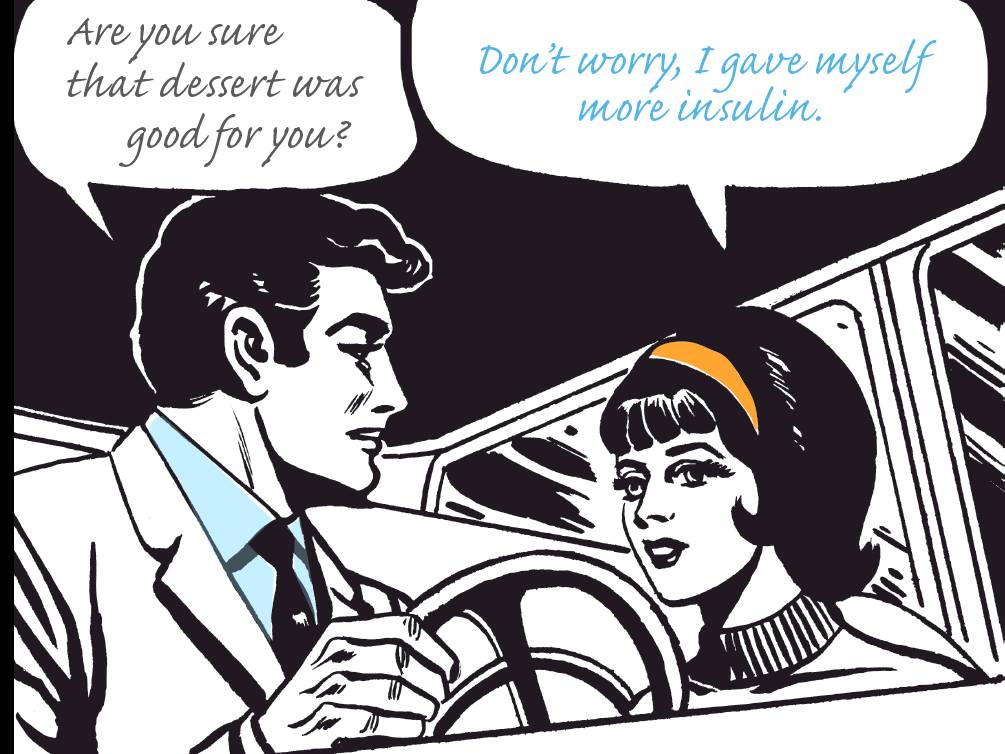Adventures in T1D: How to Hike With Diabetes
Even a day hike can seem dangerous when you have type 1 diabetes, but with a little prep and awareness, hiking can be safe and enjoyable
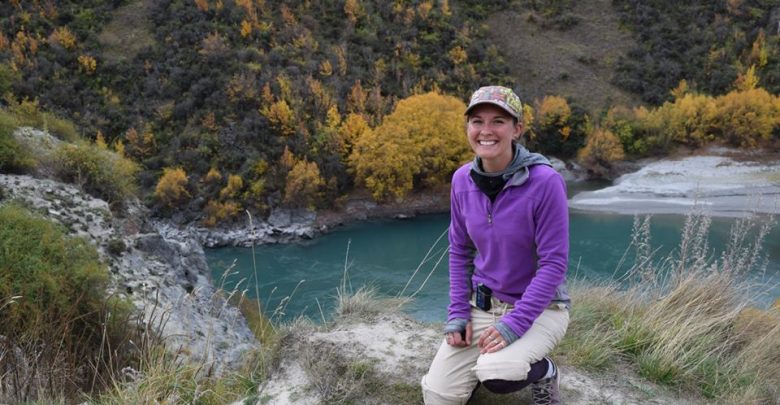
When a trip to the grocery store means packing an extra bag just in case you get a low or need to correct for a high, going on a hike on a remote trail in the middle of the woods seems like an impossibility.
But it doesn’t have to be.
With a little forethought and some extra packing, it is possible to be adventurous even with T1D. While it may seem like an unnecessary risk, doing something as simple as going on a hike can make a huge difference in your long-term outlook on living with this life-long condition.
What to Pack When Hiking With Diabetes
What to pack for your diabetes during your hike will vary depending on the length of the hike, how remote the location is, and your hiking experience. Here are some things to consider, especially if this is your first time out since your diagnosis.
- Plenty of Glucose – The biggest risk with any activity is having your blood sugar drop. Be prepared for the worst by packing multiple options for raising your blood sugar fast. I always pack glucose tabs (although Glucose SOS is a new favorite). If its a longer or more difficult hike, I like to have a sugary sports drink like Vitamin Water so I can take small hits of glucose as needed to keep my sugars from dipping. Pack as much as you think you’ll need and then double it.
- Meter – Even if you have a CGM, it’s a good idea to take a meter along just in case. If the hike ends up taking longer than it should you may need to calibrate while you’re out. Altitude can also affect how well your sensor performs, so double-checking any readings is a good idea.
- Snacks – Even if you lower your insulin rates for the hike, you may find you struggle to keep your levels steady, especially on difficult trails. The occasional granola bar or a handful of trail mix can help level you out.
- Extra Sets – The one time you forget to pack an extra set is likely to be the one time you accidentally rip yours out while climbing up a rock or bushwhacking through the trees (trust me, I’ve been there). So don’t tempt fate and make sure to pack extra pump supplies.
- Extra Insulin – If you’re on MDIs, make sure to pack enough insulin for the snacks and meals you’re planning for the hike. Depending on how remote the location is and how long the hike, it may be wise to pack your long-acting insulin as well, in case you stay out longer than expected. I typically don’t pack any extra insulin now that I have a pump, but I do make sure I have enough insulin loaded for at least two days, just in case.
- Plenty of Water – Hiking is strenuous enough, but if you misjudge your insulin needs and end up with higher blood sugar levels, you are really going to need to stay hydrated. Make sure to pack twice as much water as you think you’ll need.
- Glucagon Emergency Kit – I don’t typically bring a glucagon kit with me on hikes, but I did early on. Until you know how your blood sugar will react to this kind of activity, it’s better to be safe than sorry. And keep in mind, the longer the hike and the more difficult the terrain, the higher your risk of a major hypoglycemic event, so plan accordingly.
How to Get Optimal Blood Sugars for Hiking
One thing you’ll definitely have to play with if you plan to make hiking a regular part of your routine is how to adjust your insulin and carb intake to set yourself up for optimal blood sugar levels. I like to keep my levels between 100 and 120 while hiking, but some people feel safer if they are a touch higher.
Whatever your goal, there are a lot of different tricks you can use to get there.
Pre-Hike Insulin Reduction
If you have a pump, you can use the temp basal setting to lower your basal rate before starting the hike to set yourself up with a solid blood sugar (140 is a good goal for many) before getting active. Drop your basal about an hour to 30 minutes before you start the hike to give it time to rise.
Even if you don’t have a pump, you can use a lower bolus for your pre-hike meal to achieve a higher starting blood sugar.
Beginning of the Hike Snack
If you forget to set a pre-hike temp basal or your lower bolus didn’t produce the results you wanted, a snack at the beginning of the hike is another simple way to get higher blood sugar to start out with. I will typically eat a granola bar with 50% of the normal bolus right when I get to the parking lot. By the time my heart is pumping and I’m starting to sweat, my blood sugar will be just starting to rise.
Reduced Basal
In addition to starting out with higher blood sugar and snacking frequently, I like to set a reduced temp basal on my pump for the duration of the hike. For most moderate hikes 60% works well for me, but if my sugars are hanging low, even 40% is a good option. I try to time my temp basal to end about 30 minutes before the hike to combat any post-activity spikes.
Post Hike Blood Sugars
Really strenuous hikes can leave you with lower than average blood sugars for hours after you finish. When I do a hike with a lot of elevation, I usually see a spike shortly after I get done and then lower numbers that night. Rewarding yourself with a heavy meal after the hike can help normalize your levels, but you may still need to set a temp basal or cut your long-acting insulin dose down for the entire day.
More Than Worth It
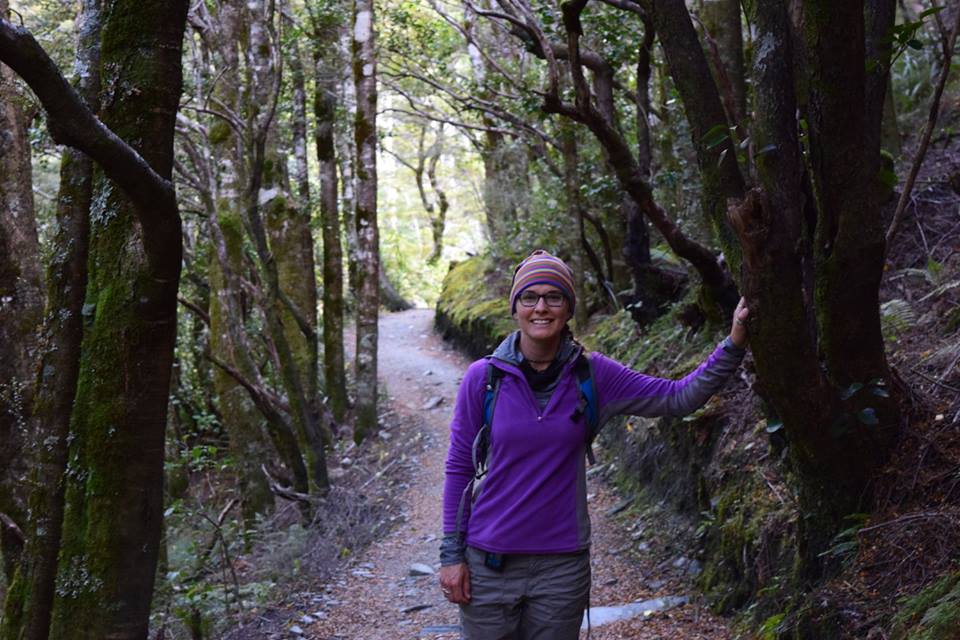
While preparing for a hike when you have diabetes may seem like a lot, it gets easier the more you do it. And it’s definitely worth the extra time and effort.
If you were an avid outdoorsman before your diagnosis, then denying yourself that lifestyle now that you have diabetes will only add to the stress, isolation, and animosity you probably already feel. And if you have never been a big hiker, you may just find that getting out in nature is the perfect remedy for all those negative feelings that come with living with T1D.
Exercise and nature both have the power to heal the body and the spirit. Instead of looking at hiking as an obstacle made more difficult by your diabetes, look at it as an adventure that will help you reclaim control over your life.

